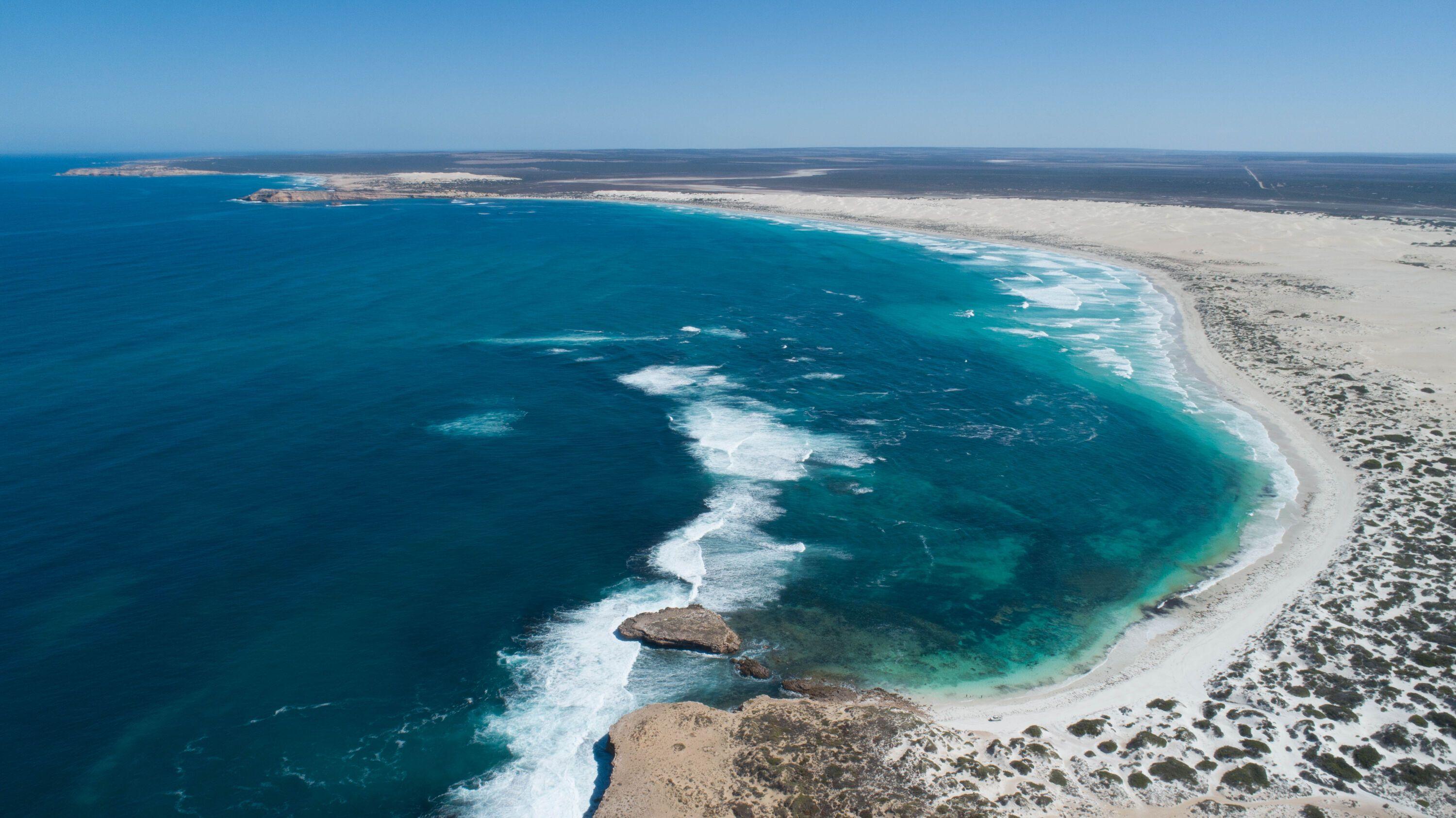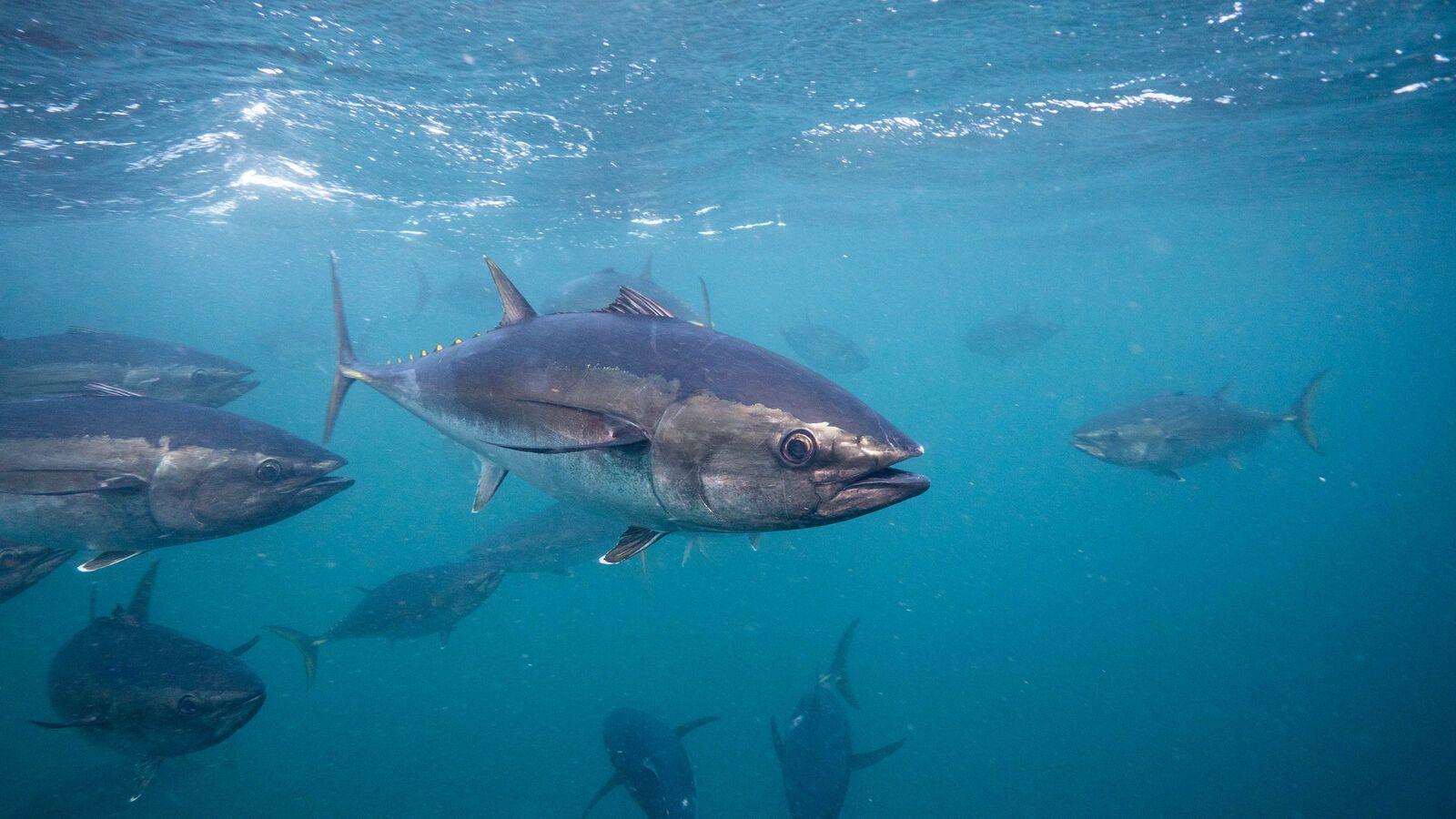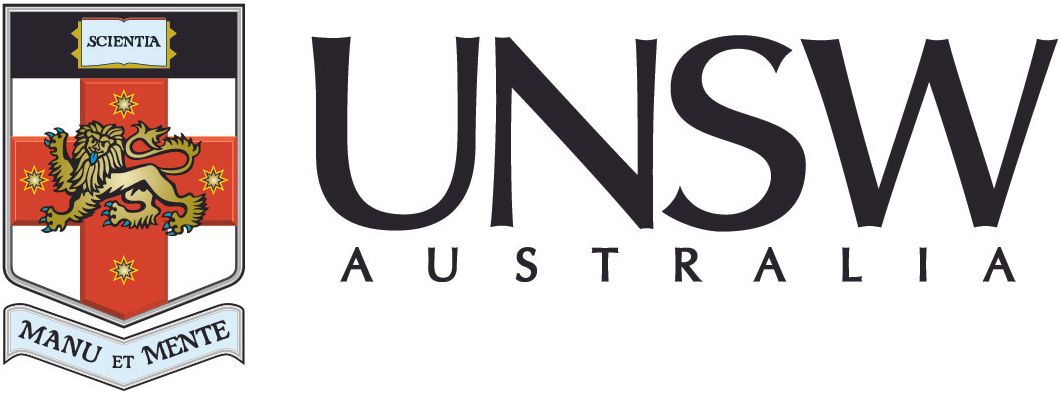Great Southern Reef monitoring program needed to plug major data gaps in understanding SA bloom

Coast Eyre Peninsula; a part of the 8,000km Great Southern Reef. Image: Stefan Andrews, courtesy Great Southern Reef Foundation.
Media Release
15 August 2025
The Biodiversity Council is calling for the Australian Government to establish a Great Southern Reef monitoring program, equivalent to the Great Barrier Reef monitoring program budgeted at $40 million over 10 years.
The independent expert group founded by 11 Australian universities says the Great Southern Reef is twice as large and contributes twice as much to the economy as the Great Barrier Reef, but is not being effectively monitored.
Yesterday, Federal Environment Minister Murray Watt announced fast-tracking of assessments of the impact of South Australia’s toxic algal bloom on marine life to understand whether any flora and fauna need to be added to the threatened species list, similar to the assessments undertaken following the Black Summer bushfires.
The Biodiversity Council has welcomed the commitment because listing species that are at risk of extinction can be an important first step in their recovery, if listing generates good planning and investment in recovery actions.
However, the scientist-led group say basic data on population sizes and distributions do not currently exist for most marine species, making it hard for them to be assessed against Australia’s threatened species listing criteria.
They are calling for an effective government-supported monitoring program to be established for the Great Southern Reef to plug data gaps and support sustainable fisheries management.
They say a successful pilot program led by the University of Tasmania has provided proof of concept and could be scaled up.

The Great Southern Reef contributes $12 billion per year to our economy, from sources like the farming of southern bluefin tuna. Image: Stefan Andrews, courtesy Great Southern Reef Foundation
Biodiversity Council Co-Chief Councillor Professor Hugh Possingham from the University of Queensland said, “The Great Southern Reef is globally unique; 70% of Great Southern Reef species occur nowhere else.
“It also contributes $12 billion per year to our economy and supports our food security, yet it lacks a well-designed long-term monitoring program. You cannot protect what you cannot measure.
“The Australian Government should move urgently to establish a long-term monitoring program for the Great Southern Reef with funding at least equivalent to the Great Barrier Reef’s Reef Integrated Monitoring and Reporting Program (RIMReP) which is $40 million over 10 years.
“Such an investment represents just 0.04% of the Great Southern Reef’s annual economic contribution to the Australian economy of $12 billion per year — a prudent step to protect one of Australia’s most important natural assets.”
Biodiversity Councillor Professor Gretta Pecl from The University of Tasmania said, “Extreme climate events don’t respect state borders - and neither do the species and ecosystems they impact.
“To truly understand and respond to these events, we need coordinated, cross-jurisdictional monitoring that reflects the interconnected nature of marine life across the Great Southern Reef.
“Strategic, collaborative, evidence-informed monitoring and modelling across this entire system will give us the best chance to underpin sensible adaptation - to protect biodiversity, support industries and communities, and help both ecological and human systems thrive under a changing climate."













